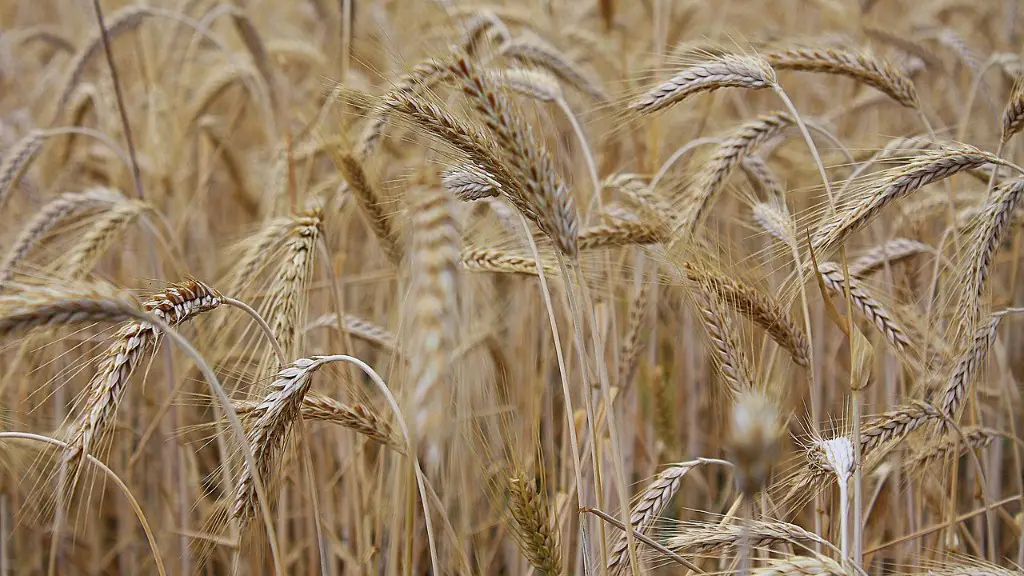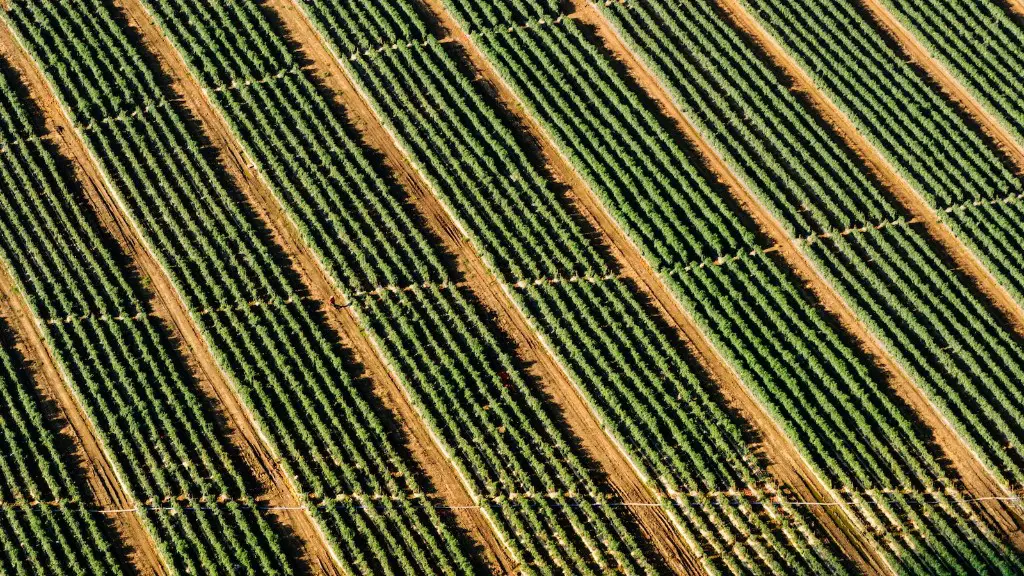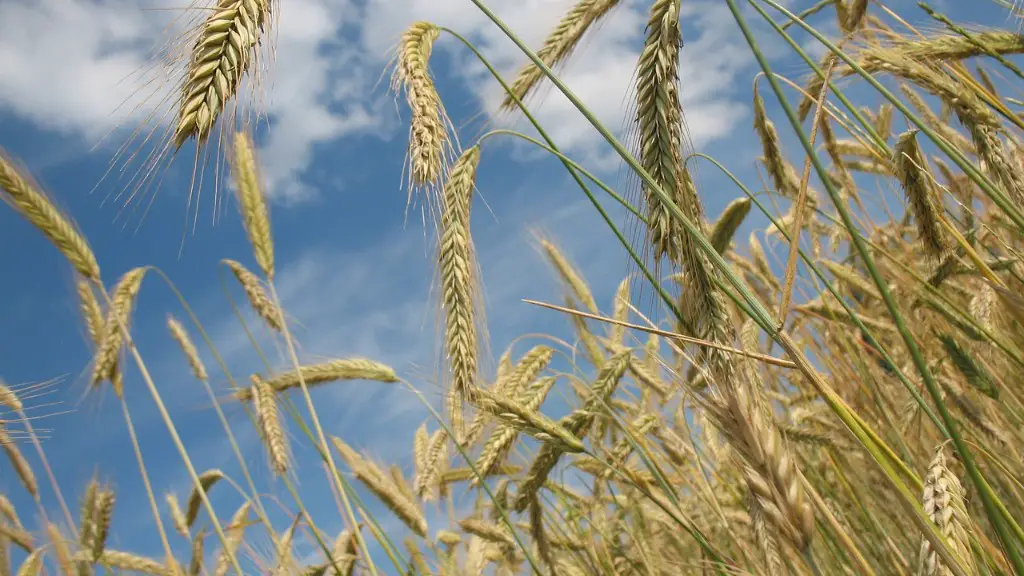Harrowing is a farming method that dates back centuries, used to smoothen the soil surface and break the soil’s clumps into finer pieces. Through this process, the soil’s texture is improved, and its fertility and airflow improved. It also helps break down and disperse weeds, as well as helps to provide a more even planting surface. Harrowing consists of dragging a large metal combs across a field, bumping and breaking up the soil in a variety of lengths and spreads. Harrow also typically include a number of blades that dig deep into the soil to further break down clumps. This allows the soil to be much more easily worked with, allowing farmers to plant crops without having to dig deep trenches.
The primary benefit of harrowing is to break up and loosen the soil, while also preparing it for further work. By improving the texture and structure of the soil, farmers are able to work the soil easier and more efficiently, increasing their yield and shortening their production time. Harrowing also helps to reduce soil compaction, which can reduce crop yields and adversely affect root development. Harrowing also helps to reduce erosion, as the soil is less compact and can retain more water.
Another benefit of harrowing is its ability to manage weeds, as the blades of the harrow dig deep into the soil, helping to break down weed seeds and reduce infestations. Harrow also helps to level out uneven terrain, which helps to reduce the likelihood of crop damage due to wind and other weather conditions. Harrowing also helps to aerate the soil, increasing its fertility and its ability to retain nutrients.
Harrowing is an essential part of any soil management program, and is used in many types of farming, including row cropping, vegetable farming, and even for forage crops. It can also be used in conjunction with other cultivation practices such as tilling, to further improve the soil’s structure, fertility, drainage and aeration. For best results, harrowing should be done every one to three years, depending on the type of soil, the crop, and the level of compaction.
When harrowing, it’s important to ensure the harrow is adjusted properly, as improperly done harrowing can have detrimental effects, such as creating soil that is too loose, leading to erosion problems and waterlogging. It’s also important to ensure the harrow is evenly spaced, to avoid any soil disturbances or damage to the crops.
Benefits of Harrowing in Agriculture
Harrowing is a powerful tool that can significantly improve the soil structure, fertility and terrian in any farming operation, improving crop yields and yield consistency. By breaking down the soil and dispersing weed seeds, harrowing provides an even surface for planting that is less prone to erosion and waterlogging. With proper maintenance and care, harrowing can be an invaluable tool in agriculture, helping farmers to maximize their yield and improve their efficiency.
Drawbacks of Harrowing
Harrowing can sometimes have a downside if not done properly. If the blades of the harrow are too close together, the soil can become too loose, leading to erosion and waterlogging issues. It can also cause soil compaction if done too often, causing a decrease in crop yields. It’s important to be mindful of the type of soil and the crop being grown to ensure the harrow is adjusted properly.
Applications of Harrowing
Harrowing is used in many different types of farming, including vegetable farming, row cropping, and forage crops. It is also used in conjunction with other cultivation practices, such as tilling, to further improve the soil’s fertility, aeration and drainage. Harrowing can also be used to level out uneven terrain and reduce the risk of crop damage due to wind and other weather conditions.
Maintenance and Care of Harrowing Equipment
In order to ensure the harrow remains in good condition and performs at its best, regular maintenance and care is necessary. This includes inspecting the harrow for any damage, checking for blade alignment and tension, and replacing worn out blades. Periodically sharpening the blades will also help to ensure the harrow works more efficiently and does not cause any damage to the soil.
Uses of Harrowing in Different Environments
Harrowing can be used in different climates and environments, including heavier soils, such as clay and loam, and lighter soils, such as sand. Harrowing is also used in soil that is prone to compaction, improving its structure and fertility, reducing the risk of crop damage and allowing crops to root properly. Harrowing can also be used to control weeds, reduce erosion, and level out uneven terrain, providing a more even planting surface.


